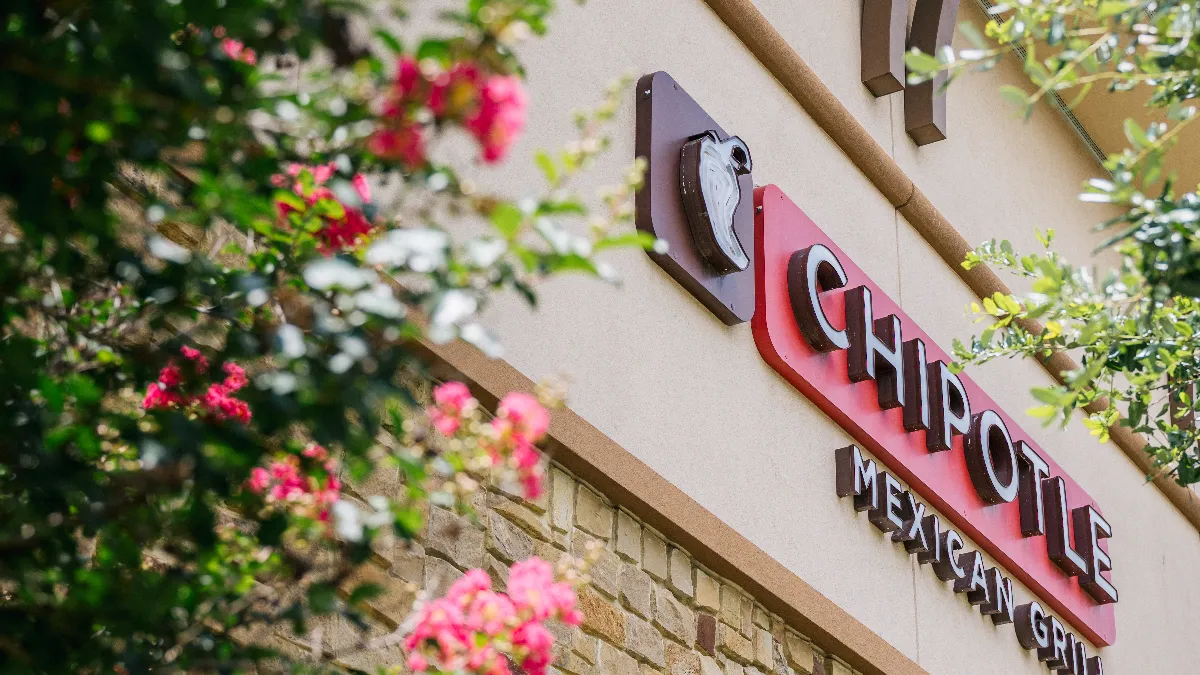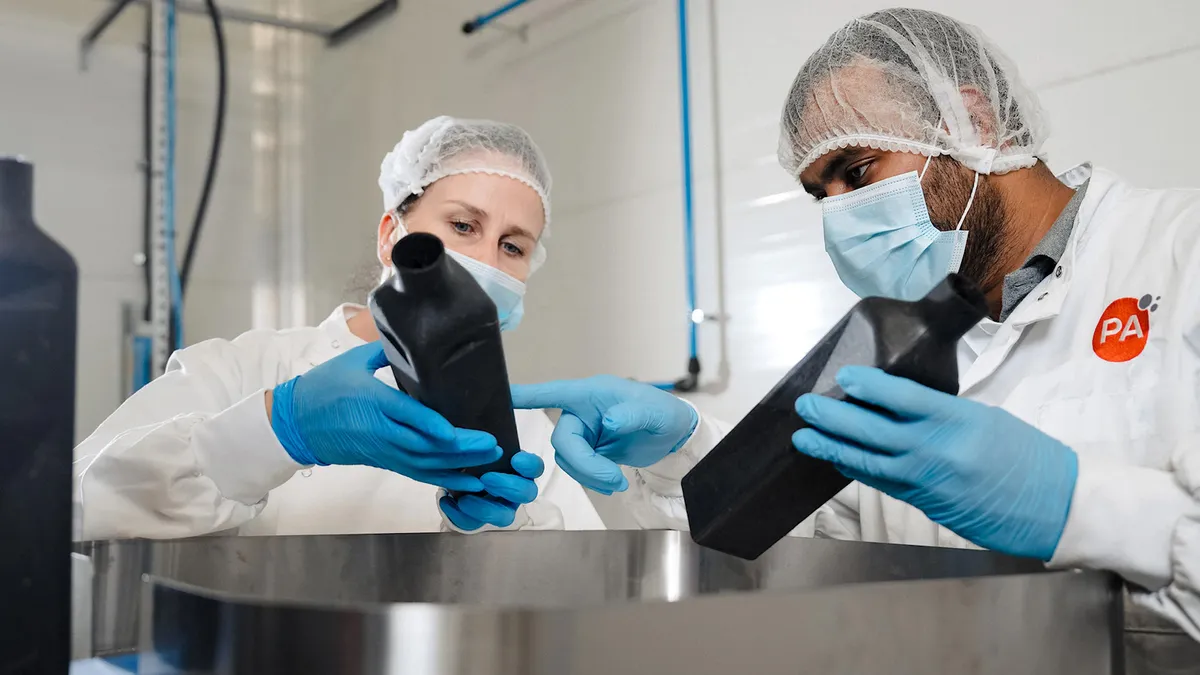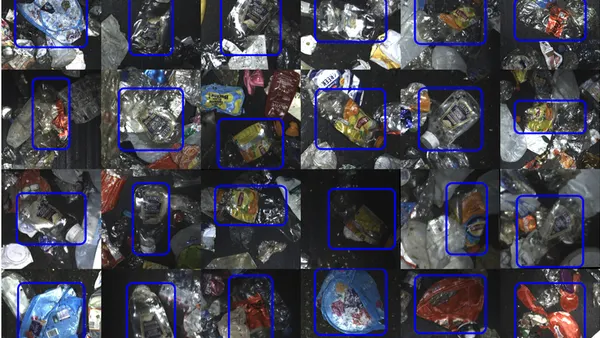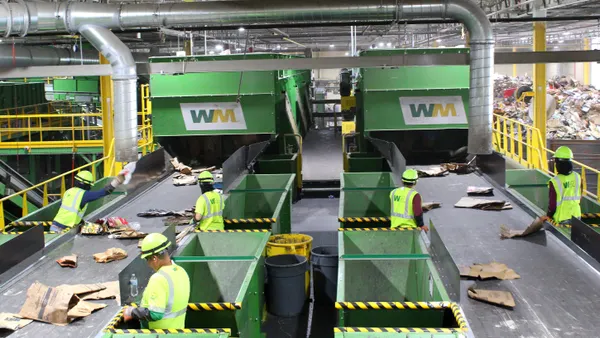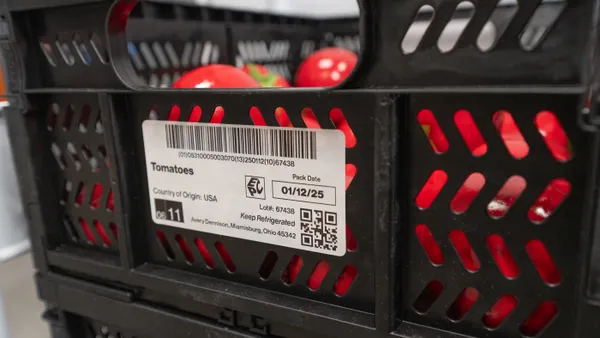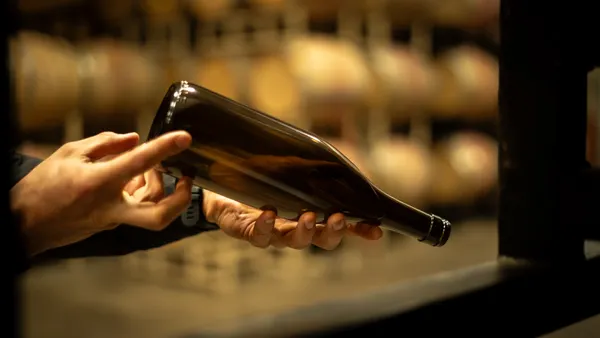Chipotle Mexican Grill is scaling up its use of radio-frequency identification technology to trace ingredients from suppliers to restaurants in real-time.
The restaurant chain has “essentially asked all our suppliers” to tag products with RFID, Carlos Londono, vice president and head of supply chain, said at the Reuters Supply Chain USA conference in May. Chipotle is still testing use of the technology on a regional basis, though plans to roll it out nationally in the coming months.
RFID are smart bar codes that can automatically identify and track inventory. Although they’re more commonly used in retail, Chipotle has worked over the past few years to see whether the tech could translate to the food industry.
“There's no restaurant company in the United States that has visibility into inventory on the national level,” said Londono. “Not one.”
The use of RFID is part of Chipotle’s herculean effort over the past few years to better trace its ingredients following a headline-grabbing E. coli outbreak beginning in 2015 that sickened over 1,000 customers and took a bite out of profits.
Chipotle announced last spring it had begun piloting RFID technology in about 200 Chicago-area restaurants, testing the tech on meat, dairy, and avocados from five suppliers. As the chain expanded the pilot, it faced questions as to whether the tech would work on liquids or certain other food items.
“We were very pleasantly surprised that right off the get go, this thing worked,” Londono said. “It was amazing.”
Using RFID gives Chipotle a real-time snapshot of its inventory across distribution centers and restaurants, but the technology also benefits the company’s suppliers. Vendors can use Chipotle’s RFID system to improve their own inventory management processes and cut down on repetitive tasks.
The cost to integrate the technology is also minimal, Londono noted, since RFID readers already complement existing scanners in restaurants
Londono hopes Chipotle’s experience will push others in the restaurant industry to move forward with their own tracing initiatives. Poor inventory management can lead to more food waste, as was the case in 2018 when the FDA ordered the destruction of all romaine lettuce due to limited visibility into suppliers.
“It is imperative to know where your products come from and where they are at all times,” Londono said. “You have to have very, very good visibility of that supply chain and the value chain so that if something were to happen, you can address it right away.”



